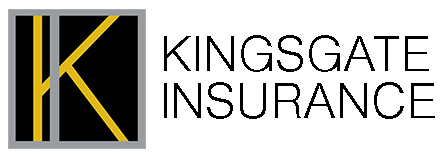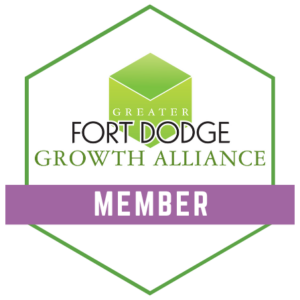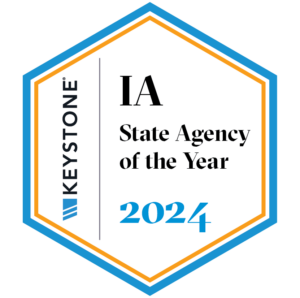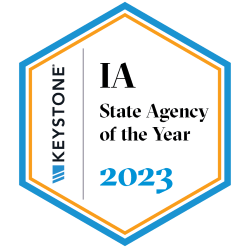OSHA’s Top 10 Most Frequently Cited Standards in Fiscal Year 2022
Each fiscal year, OSHA keeps records on the most frequently cited standards stemming from worksite inspections. The latest records outline the top 10 standards cited during fiscal year 2022 (Oct. 1, 2021, through Sept. 30, 2022) and the total number of violations for each standard. By reviewing these findings, employers can better understand common worksite hazards and associated prevention strategies—thus allowing them to take steps to mitigate potential safety risks, employee injuries and OSHA penalties. Here’s a list of OSHA’s top 10 most frequently cited standards in fiscal year 2022:
- Duty to Have Fall Protection (29 CFR 1926.501)—This standard refers to the practice of identifying fall hazards and providing protections from those hazards when needed. Requirements include identifying, inspecting and assessing workplace conditions for fall or falling object hazards. OSHA recorded 5,260 violations of this standard in fiscal year 2022.
- Hazard Communication (29 CFR 1910.1200)—This standard refers to the UN Globally Harmonized System of Classification and Labeling of Chemicals. Requirements include developing and implementing a program, recordkeeping, labeling and training. OSHA recorded 2,424 violations of this standard in fiscal year 2022.
- Respiratory Protection (29 CFR 1910.134)—This standard refers to respirators used to protect employees from hazardous substances. Requirements include creating a written program, selecting respirators, performing medical evaluations, conducting fit testing, developing safe operating procedures and training. OSHA recorded 2,185 violations of this standard in fiscal year 2022.
- Ladders (29 CFR 1926.1053)—This standard refers to self-supporting ladders, single ladders, extension ladders and fixed ladders. Requirements include ladder specifications, inspection procedures, removal-from-service protocols and employee training guidelines. OSHA recorded 2,143 violations of this standard in fiscal year 2022.
- Scaffolding (29 CFR 1926.451)—This standard refers to fall arrest systems, supported scaffold platforms and suspended scaffolding. Requirements include erecting and dismantling specifications, training guidelines and inspection measures. OSHA recorded 2,058 violations of this standard in fiscal year 2022.
- Control of Hazardous Energy (29 CFR 1910.147)—Also known as lockout/tagout, the control of hazardous energy is the practice of de-energizing equipment and locking the energy source to prevent the release of energy. Requirements include creating written procedures, training and conducting periodic inspections. OSHA recorded 1,977 violations of this standard in fiscal year 2022.
- Powered Industrial Trucks (29 CFR 1910.178)—Powered industrial trucks include forklifts and fork trucks. This standard’s requirements include operator training guidelines, inspection measures and safe work practices. OSHA recorded 1,749 violations of this standard in fiscal year 2022.
- Fall Protection Training (29 CFR 1926.503)—This standard applies to employees working at heights and the training they must receive. Requirements include training employees in fall hazards, providing certifications and retraining when necessary. OSHA recorded 1,556 violations of this standard in fiscal year 2022.
- Eye and Face Protection (29 CFR 1926.102)—This standard refers to eye and face protection, such as safety glasses, goggles and face shields. Requirements include identifying hazards, supplying employees with proper protection and ensuring they utilize it correctly. OSHA recorded 1,401 violations of this standard in fiscal year 2022.
- Machine Guarding (29 CFR 1910.212)—This standard refers to machine guarding of presses, power saws, jointers and milling machines. Requirements include anchoring fixed machinery, operation guarding and other types of guarding. OSHA recorded 1,370 violations of this standard in fiscal year 2022.
For additional risk management resources, contact us today.







Leave a Reply
Want to join the discussion?Feel free to contribute!